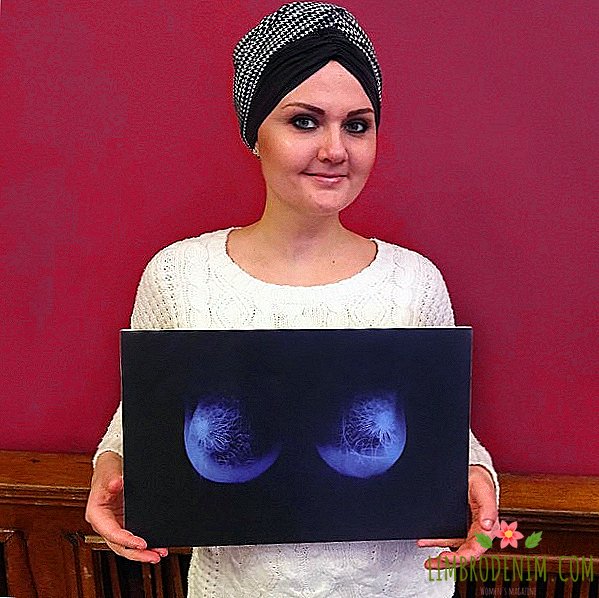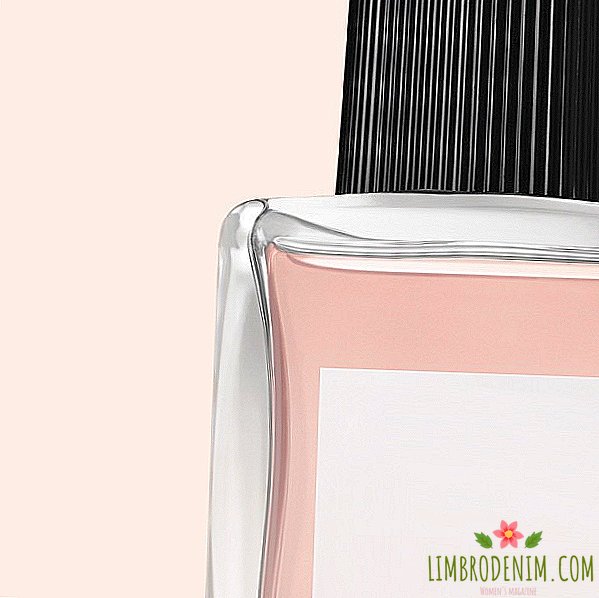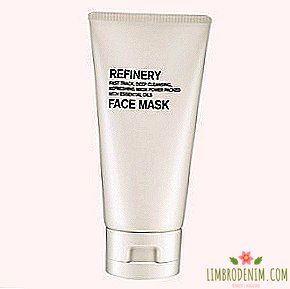Question to the expert: Can I drink during workouts
RESPONSES TO THE MAJORITY OF US QUESTIONS we used to search online. In the new series of materials we ask such questions: burning, unexpected or widespread - to professionals in various fields.

Recently, the founder of the ballet studio Alina Zvereva told how she made the space comfortable for the students - including being allowed to drink free water during the classes. Many people have come across bans on drinking during workouts, starting with physical education at school and ending with personal lessons in the gym. Is rejection of water during physical activity justified? Is it true that "excess" fluid loads the heart or causes swelling? And if you can drink, how much and which is better to choose? We asked these questions to the expert.
Leonid Ostapenko
sports nutritionist, member of the International Association of Sports Sciences (ISSA)
 The basis of nutrition is not prohibitions and restrictions, but an adequate balanced diet, and it includes not only proteins, fats, carbohydrates, fiber, vitamins, but, of course, water. When questioning almost all of my clients, it turns out that people do not get enough liquid. At the same time, many, including athletes, do it consciously - themselves or according to the trainer's instructions.
The basis of nutrition is not prohibitions and restrictions, but an adequate balanced diet, and it includes not only proteins, fats, carbohydrates, fiber, vitamins, but, of course, water. When questioning almost all of my clients, it turns out that people do not get enough liquid. At the same time, many, including athletes, do it consciously - themselves or according to the trainer's instructions.
The human body consists of approximately 70% water. Basically, it enters the body in the composition of dense food and liquids, and the remaining small percentage is formed as a result of various metabolic processes. Water is mainly excreted through the kidneys, but it also evaporates from the surface of the skin, is excreted in the form of sweat and comes out with exhaled air. These are large volumes: for example, by direct evaporation from the skin a person loses about 300 ml of water per day, and with air exhales half a liter. The amount of sweat may be different depending on the load and climate, but it is not less than 500 ml per day. Water is constantly used by the stomach and intestines to form digestive juices, the total number of which reaches 8 liters per day. In general, it is vital to restore its reserves: WHO recommends that women and men receive 2.7 liters and 3.7 liters of liquid per day from food and beverages, respectively.
Abstinence from drinking is often explained by the fact that excess fluid increases the volume of circulating blood and allegedly overloads the heart - but this is a delusion. On the contrary, difficulties arise when there is insufficient hydration, when part of the water to cover the needs of the body is removed from the blood - and the latter becomes more viscous. Myocardium has to perform much more work in an attempt to push the blood into the smallest vessels. Still undercooking is often attempted to explain the prevention of edema, but this is also not true. Water does not linger by itself - it is primarily bound to sodium (which we get from salt) and carbohydrates, especially sugar. Each gram of salt or sugar holds about 3.78 grams of water - that is, 100 grams of sugar will hold up almost 400 milliliters. This water needs to go somewhere, and the most realistic contenders for its storage sites are blood, the intracellular and extracellular environment - these are the reasons for the increase in blood pressure and edema.

Along with this, mineral salts disappear, which leads to disturbances in the conduction of electrical impulses. In the future, it threatens the heart
And, of course, if a person goes in for sports not just for pleasure, but sets certain goals, whether it is increasing muscle mass, losing weight or increasing speed and endurance, it will be more difficult to achieve these goals if there is not enough fluid in the body. Without normal hydration, the activity of biochemical processes in cells decreases, protein synthesis is inhibited, strength and performance decrease. Even worse, during training, the fluid is rapidly lost, because the person is sweating. Along with this, mineral salts also disappear, and this leads to disturbances in the conduction of electrical impulses - in the short term this can threaten muscle spasms (for example, when in a dream painfully reduces the leg), and in the long run - impaired heart function.
To determine how much water you lose while playing sports, do an experiment: do not drink in training and hang up before and after it without clothes. The difference in weight and will be approximately the amount of water that you should drink before and during physical activity. If you like accuracy, you can try to do this calculation for different loads (for example, power and cardio) - then it becomes clear how much you really need to drink in each case. In order not to experience discomfort, especially if you are not accustomed to drinking during classes, do it often and slowly, literally a couple sips - and start with a glass of water fifteen to twenty minutes before your workout.
Special sports drinks are also useful, they help restore the mineral balance and contain small amounts of carbohydrates (glucose, fructose or ribose). They are called isotonic, but it must be understood that isotonic is an aqueous solution of various substances with a concentration not higher than 0.9%, that is, it is identical in density to blood plasma. More concentrated solutions are hypertonic, they are absorbed more slowly and are not suitable for drinking during workouts. Moreover, the use of such beverages can even accelerate dehydration: the body will release water into the intestines to dissolve the contents to the concentration required for absorption.
Ordinary bottled water, as a rule, is a hypotonic solution, that is, there are not enough minerals in it; it is very quickly absorbed, but under severe loads (for example, if you run a cross under the hot sun) does not compensate for the loss of minerals. If the workouts are not very long or intense, water will do, if it is more difficult, it is worth switching to isotonic. And, if you buy a composition for the preparation of a beverage in powder, follow the instructions on the label so as not to get a hypertonic solution instead of isotonic.
Photo: Shopee, karandaev - stock.adobe.com




